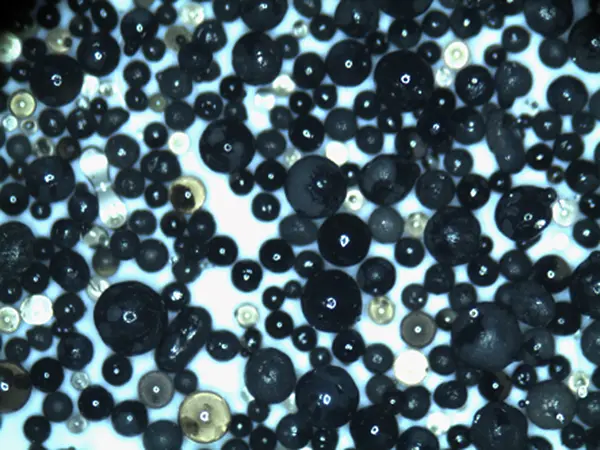The Sand Foundry Process A Comprehensive Overview
The sand foundry process is a crucial manufacturing technique that has been employed for centuries to create complex metal components. This process is favored for its versatility, cost-effectiveness, and the ability to produce intricate shapes with high accuracy. In this article, we will delve deeper into the sand foundry process, exploring its various stages, advantages, and applications in modern manufacturing.
Understanding the Basics
At its core, the sand foundry process involves the production of metal castings by pouring molten metal into a mold made from sand. This mold is formed by mixing sand with a binding agent, which allows it to hold its shape until the metal is poured. The most commonly used sands are silica sands due to their availability and suitable thermal properties.
Steps in the Sand Foundry Process
1. Pattern Making The first step in the sand foundry process is creating a pattern, which is a replica of the object to be cast. Patterns are typically made from materials like wood, metal, or plastic. Depending on the complexity of the casting, patterns can be made in one or multiple pieces.
2. Mold Preparation Once the pattern is complete, it is used to create the mold. The sand is mixed with a binder and pressed around the pattern to form the mold cavity. The mold is then carefully removed from the pattern, ensuring that it retains the necessary shape. In some cases, a second mold half is created to complete the mold.
3. Core Making For castings that require hollow sections, cores made from sand are created separately. Cores are placed in the mold before the molten metal is poured, allowing for the desired inner shapes of the final product.
4. Melting the Metal The next step involves melting the metal, usually in a furnace. The type of furnace can vary depending on the metal being used—common metals include iron, aluminum, and brass. The molten metal must reach a specific temperature to ensure fluidity when poured into the mold.
sand foundry process

5. Pouring Once the metal is ready, it is poured into the prepared mold. Care is taken to avoid any contamination or premature solidification. The pouring process must be executed efficiently to ensure that the mold fills completely before the metal begins to cool and solidify.
6. Cooling After the molten metal has been poured, it requires time to cool and solidify. The cooling rate can affect the final properties of the casting, such as its strength and durability. Once cooled, the mold is broken apart to reveal the cast metal object.
7. Finishing The final step involves finishing the casting, which may include processes such as trimming, sanding, or machining to achieve the desired dimensions and surface quality. Additional treatments, such as heat treatment or surface coating, can also be applied to enhance the performance of the final product.
Advantages of the Sand Foundry Process
The sand foundry process offers several advantages over other casting methods. Its primary benefit lies in its cost-effectiveness, particularly for low to medium volume production. The materials used—sand, binders, and metal—are comparatively inexpensive, making it an attractive option for manufacturers.
Moreover, the sand foundry process is highly adaptable. It can accommodate a wide range of metal types and casting sizes, making it suitable for diverse applications across multiple industries. From automotive parts to artistic sculptures, the process can produce a vast array of products.
Applications in Modern Manufacturing
Today, sand foundries continue to play a critical role in manufacturing. They are essential in sectors such as automotive, aerospace, and construction, where precision and durability are paramount. The ability to produce complex geometries ensures that engineers can design innovative components that meet modern performance standards.
In conclusion, the sand foundry process remains a foundational technique in the manufacturing industry. Through its stages of pattern making, mold preparation, metal melting, and finishing, it provides an efficient and versatile method for producing high-quality metal castings. As technology continues to evolve, so too does the sand foundry process, adapting to meet the demands of contemporary manufacturing challenges.
Post time:ធ្នូ . 02, 2024 06:01
Next:Achieve Flawless 3D Prints with No Sanding Required Techniques and Tips
